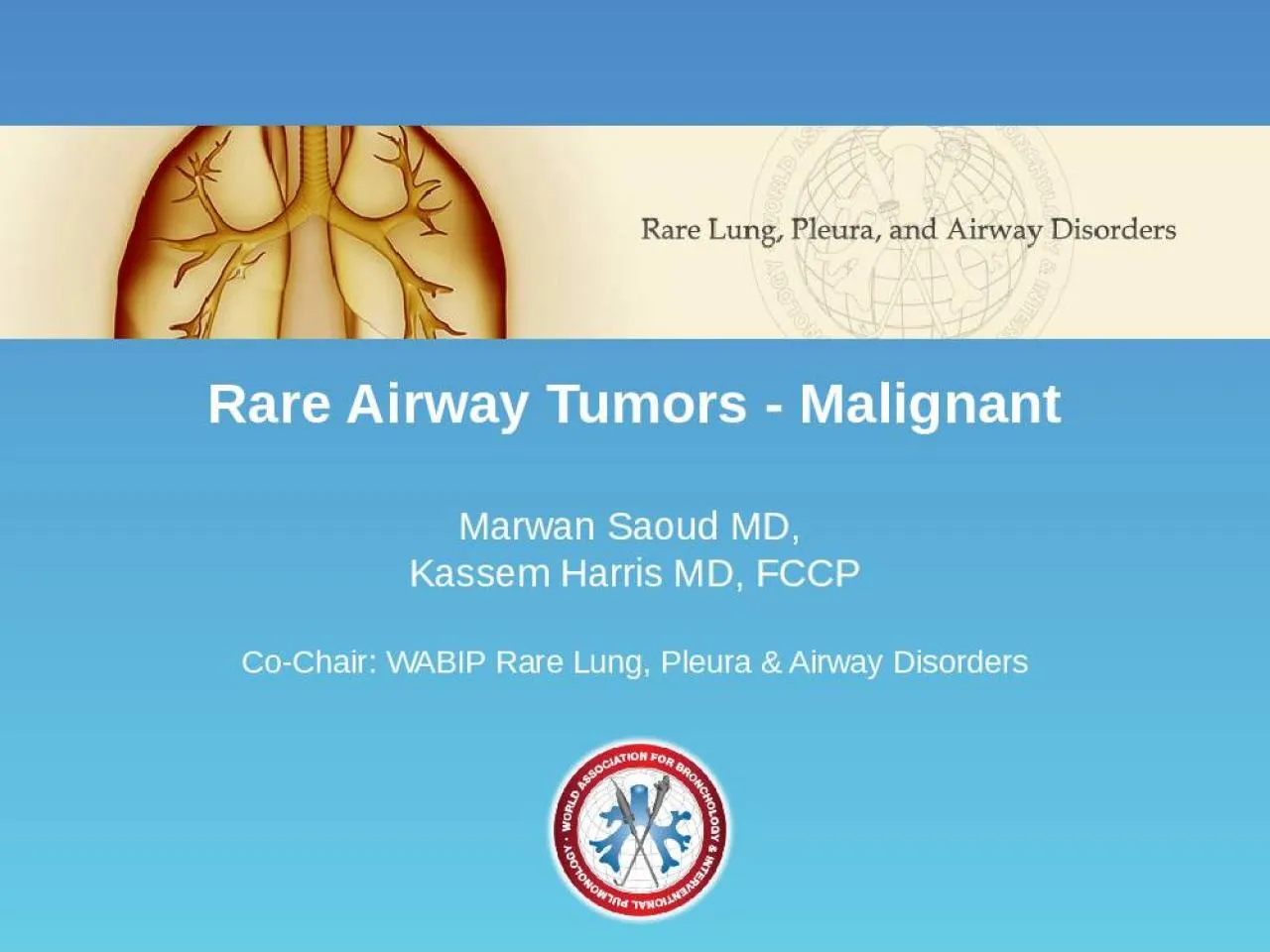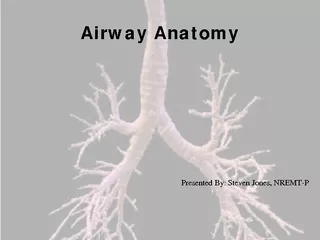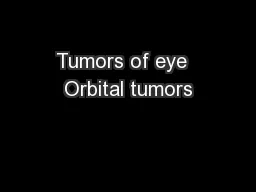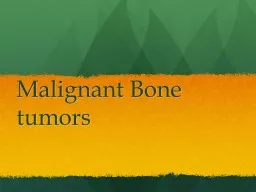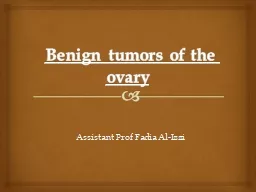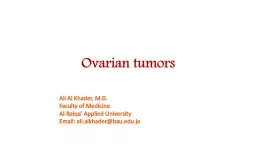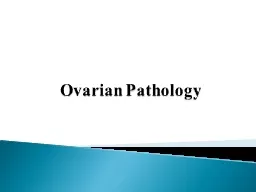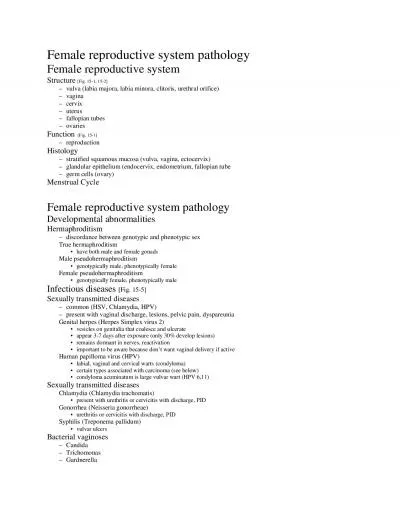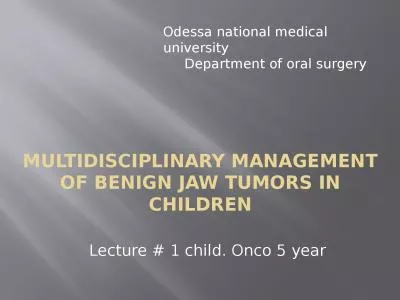PPT-Rare Airway Tumors - Malignant
Author : berey | Published Date : 2022-02-12
Marwan Saoud MD Kassem Harris MD FCCP CoChair WABIP Rare Lung Pleura amp Airway Disorders Background Rare Airway Tumors RATs Tracheobronchial tumors that have
Presentation Embed Code
Download Presentation
Download Presentation The PPT/PDF document "Rare Airway Tumors - Malignant" is the property of its rightful owner. Permission is granted to download and print the materials on this website for personal, non-commercial use only, and to display it on your personal computer provided you do not modify the materials and that you retain all copyright notices contained in the materials. By downloading content from our website, you accept the terms of this agreement.
Rare Airway Tumors - Malignant: Transcript
Download Rules Of Document
"Rare Airway Tumors - Malignant"The content belongs to its owner. You may download and print it for personal use, without modification, and keep all copyright notices. By downloading, you agree to these terms.
Related Documents

